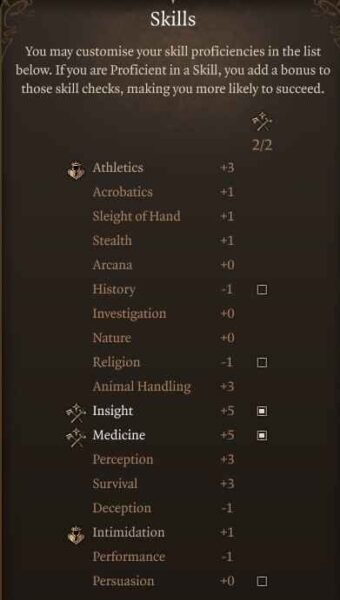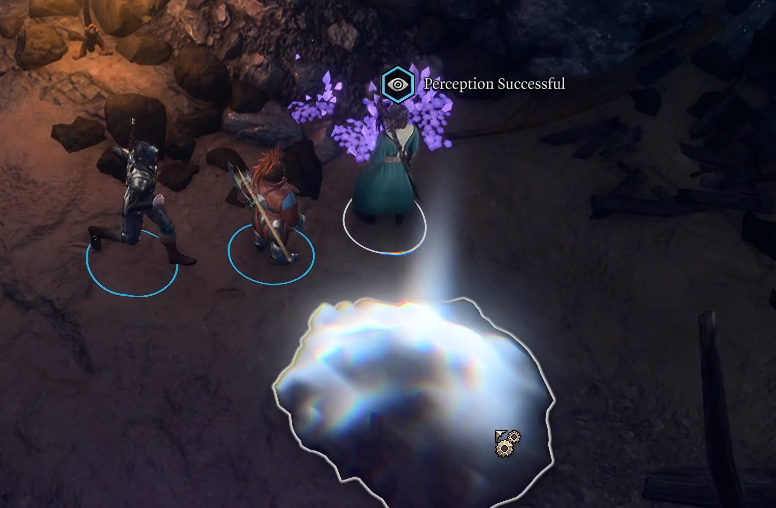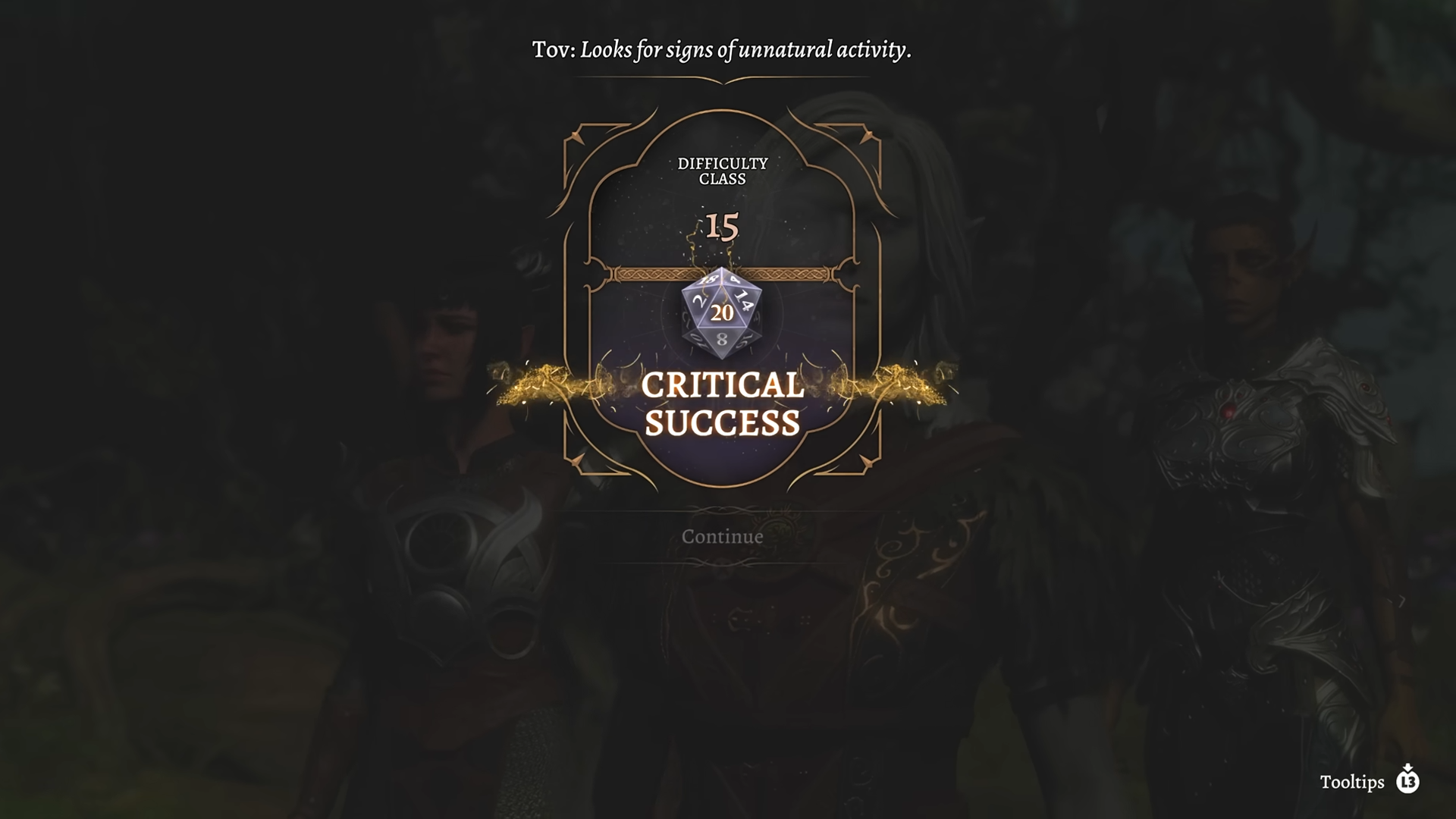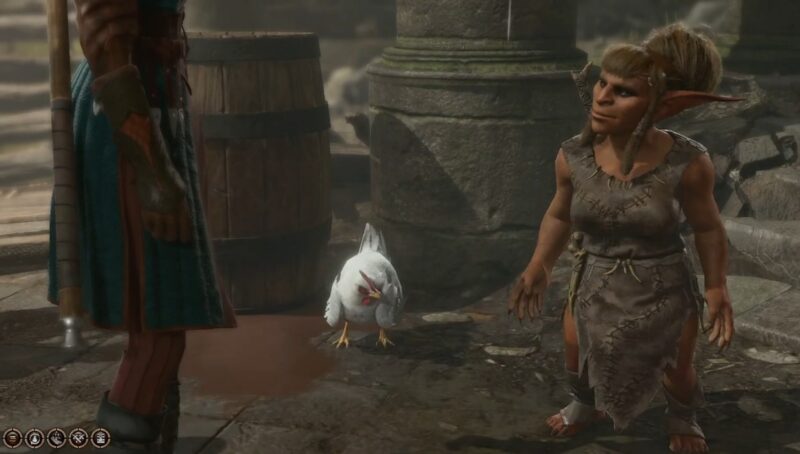Well-balanced party compositions in Baldur’s Gate 3 significantly impact your team’s performance and experience. Let’s look at the best setups to feel truly powerful.

The best party in Baldur’s Gate 3 encompasses a variety of roles, each contributing unique abilities and skills to the group. Each team composition wants a combination of damage, healing, buffs, crowd control, and high initiative. BG3, like many RPGs, features a holy trinity of tank, healer, and damage dealer (DPS). However, you multiclass and customize your build to fulfill any role and create a truly unique party combination. The best party composition guide for Baldur’s Gate 3 aims to give you some proven and effective party combinations regardless of your playthrough.
This guide has been updated for the Patch 8 version of Baldur’s Gate 3.
Best Party Composition in Baldur’s Gate 3
The best party composition in Baldur’s Gate 3 is Battle Master Fighter as the front tank, Evocation Wizard to defeat many enemies at once, Life Cleric for healing, and Thief Rogue to help you open all locks and deal single target damage. Using a versatile setup that dominates both combat and roleplay gives you a balanced team with a diverse skill set.
With your player controlling one character, you can use three companions to fulfill the various roles, Lae’zel, Gale, Shadowheart, and Astarion. When assembling your best team composition in Baldur’s Gate 3, consider your race, ability score, and skills.
Here are the best party compositions in Baldur’s Gate 3:
- Versatile: Fighter (Lae’zel), Wizard (Gale), Cleric (Shadowheart), and Rogue (Astarion).
- High Damage: Paladin (Minthara), Sorcerer (Dark Urge), Cleric (Shadowheart), and Ranger (Astarion).
- Roleplay: Warlock (Wyll), Rogue (Astarion), Bard (Shadowheart), and Druid (Halsin).
- Overpowered: Fighter (Lae’zel), Sorcerer (Wyll), Sorcerer (Gale), and Sorcerer (Shadowheart).
Versatile Party Composition
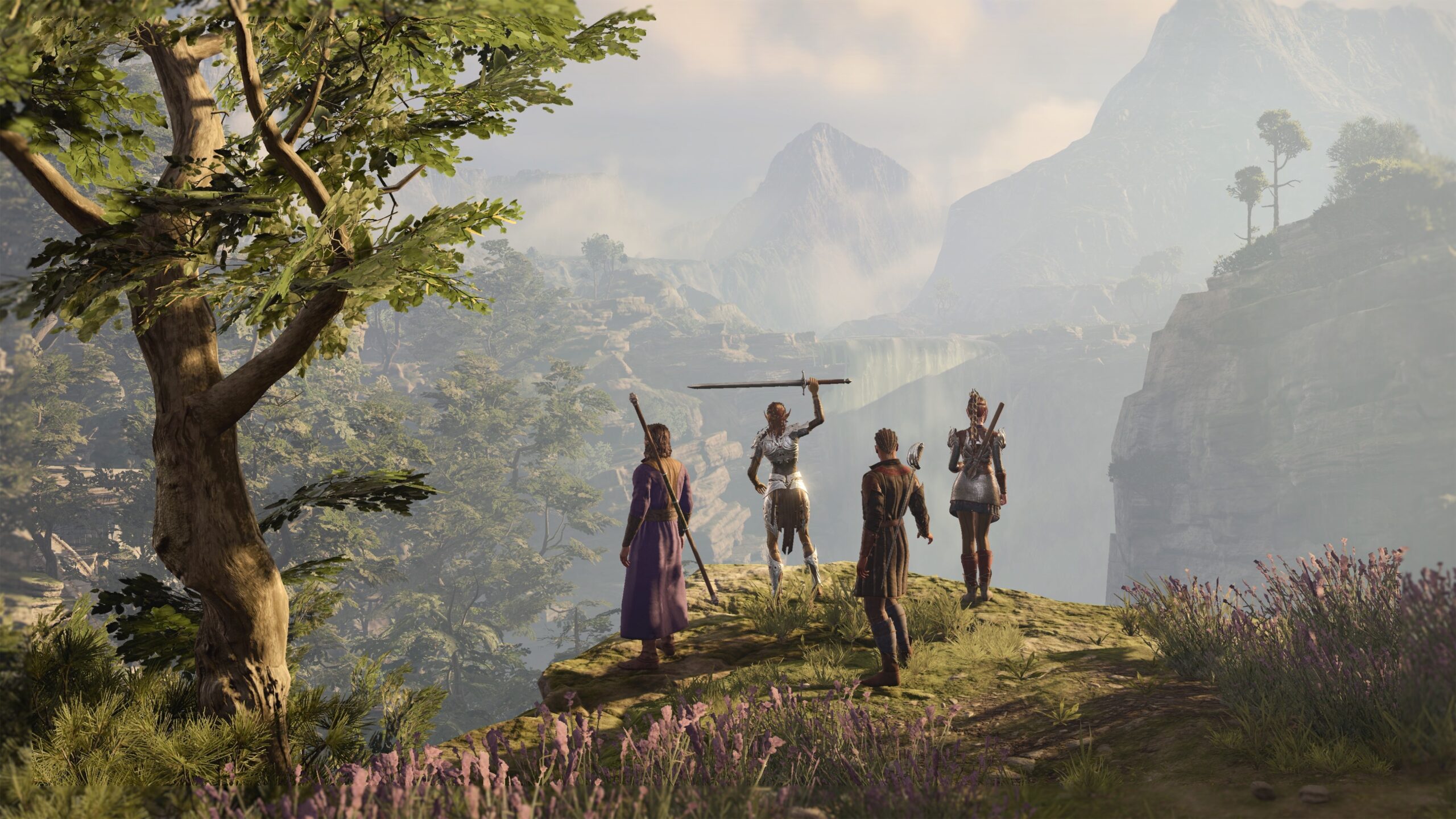
The best overall party composition for Baldur’s Gate 3 is a versatile group consisting of one Wizard, Fighter, Cleric, and Rogue, giving you a balanced team with diverse skills, abilities, and spells. The Fighter serves as your tank or melee damage-dealing aggressor. We recommend the Battle Master subclass, which unlocks Battle Maneuvers, so you can crowd-control individual enemies and soak up the damage and attention of your other party members.
The Wizard and Cleric fit the role of offensive and defensive spell caster. The Wizard has powerful area-based damage-dealing spells and crowd control. The Sculpt Spells feature makes the Evocation subclass a great choice. This prevents “friendly fire” damage from incoming area spells like Fireball. The Cleric using the Life subclass will fulfill the opposite role of the Wizard, providing powerful area-based healing and buffs to your party. Having an intelligence-based Wizard alongside a Wisdom-based Cleric will give you many skills valuable in dialogue and exploration.
Also Check:- BG3 Interactive Map
Lastly, the Rogue using the Thief subclass fulfills the role of the criminal. This build excels at out-of-combat utility with lock picking, pickpocketing, and stealth. The Rogue also is best to use ranged damage with a Short or Longbow, depending on your racial selection. We recommend High Elf, which unlocks the Longbow proficiency, a high Dexterity ranged damage dealer who will aid you in combat.
With this best team composition, you want to use a class with the highest Charisma to help you during dialogues. The flexible adjustments for this party combination are swapping out either a Paladin for the Fighter or a Bard for the Cleric. If you prefer conversation performance over combat, this will give you a Charisma-based dialogue character.
High Damage Party Composition

The high-damage party composition is a Paladin, Cleric, Ranger, and Sorcerer. The downside of this combination is using two Charisma-based classes in the Paladin and Sorcerer. However, a little overlap is worth the raw damage the Paladin and Sorcerer provide. Your main front-line character is the Paladin with either the Vengeance subclass (good guy) or the Oathbreaker subclass (bad guy). Paladins provide the most single-target burst damage in the game due to the Extra Attack feature and Divine Smite combination. The Paladin starts slow because of weak mobility and lack of spell slots, but around level 5, you feel the raw power and damage.
The two spellcasters are the Cleric and Sorcerer. Your Life Cleric is still the typical buff, debuff, crowd control, and healing-focused build. Unlike the Wizard, Sorcerer can manipulate and amplify their spells with Metamagic. Twinned and Quickened give the Sorcerer class a combat advantage over the Wizard, allowing for extra attacks per turn. The Sorcerer will be limited in various spells, but you can compensate for this with scrolls.
The Gloom Stalker Ranger has the most damage on the first turn of any class. With ultra-high initiative, you are likely to go first in combat order. You get an extra attack on turn one due to your subclass and the Extra Attack feature starting at level 5, then combine these attacks with elemental arrows for stuns, knockback, damage over time, and more. The Gloom Stalker Ranger outperforms the Rogue Thief in combat but lacks versatility in exploration. However, you can easily remedy this by multiclassing the two together to create a perfect balance and one of the best party compositions in Baldur’s Gate 3.
Roleplay Party Composition
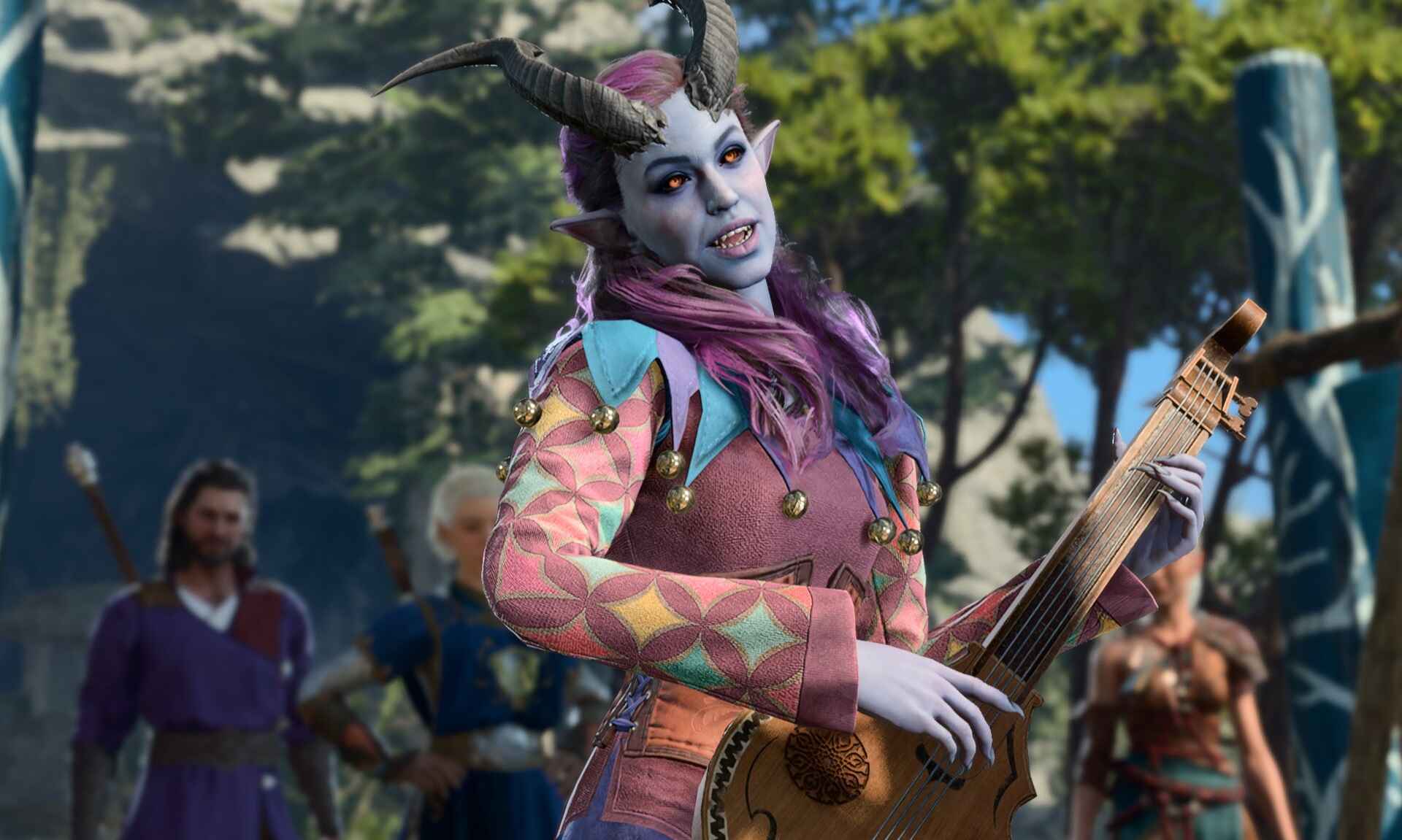
The roleplay party composition is for those players who value dialogue and exploration over combat prowess. The best character and build to use is the College of Lore Bard as your Charisma-based speaker. The Lore Bard is unmatched in skill proficiency and expertise. This will give you an advantage over all other builds with various skills. The Bard will also fulfill the role of healing and crowd control character, emphasizing dialogue.
The Rogue Thief is also the best choice for roleplay and dialogue as a stealthy criminal-type character. Consider using the Githyanki race for something different and unique. The Githyanki race has the Astral Knowledge racial feature, which allows proficiency in all skills from a corresponding ability. This will enable your Rogue to know different skills beyond dexterity-based stealth, sleight of hand, etc.
The next class would be the Circle of the Land Druid. The Druid is unique in its love for animals and the ability to wild-shape into creatures. In combat, the Druid fulfills the role of melee aggressor in Wild Shape form, using multiple attacks for damage. And if you unlock the Speak with Animals spell, you can find additional quest and dialogue options throughout your playthrough.
We selected the Warlock with The Fiend subclass for our final choice in Baldur’s Gate 3 roleplay team composition. The Warlocks are bound by a pact, an all-powerful patron that grants the Warlock supernatural powers at a cost, which is a story of Wyll, who can prove helpful and add an exciting narration to your game. Warlocks are also simplified and effective spellcasters and do not require the complex combat knowledge of a Paladin or Sorcerer. This best composition of party members will give you the best roleplay experience in Baldur’s Gate 3.
Overpowered Party Composition
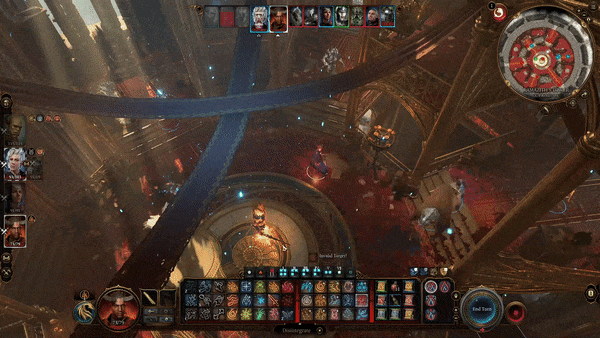
If you want the cheesiest overpowered party composition, take one Battle Master Fighter and three Draconic Bloodline Sorcerer builds. This setup sacrifices skill proficiency and utility for the most raw damage possible. The goal of this party combination is to do so much damage on turn one that everything is dead or disintegrated.
The Fighter and the Sorcerers would all take the Alert feat, increasing their ability score to 20. The Alert feat is a passive feature that gives you +5 initiative, and you cannot be surprised. As a result, your turn won’t be skipped when surprised, and you will most likely go first in attack order. As described above, you use the Sorcerer’s Metamagic Twinned and Quickened spell combination to do a Blight or Disentragion single target spell. Follow that up with Fireball or Ice Storm to do the most damage per character in the game.
The Fighter is no slouch either, having the Extra Attack and Improved Extra Attack features, allowing the Fighter to attack 4x with one action. You can use the Action Surge skill, adding another 4x attacks. Then take the Great Weapon Master feat, and if you critical strike or kill an enemy, you get another attack with your bonus action. Next, use a potion of speed to add another action. Summarising, the Fighter can attack up to 13 times in one turn, smashing enemies on their way one after the other.
While most folks want a balanced team composition in Baldur’s Gate 3 and a story-centric experience, this cheesy strategy will help if you cannot get past a specific fight.
How to Create Your Perfect Party Compositions in Baldur’s Gate 3 – Explained
Skills influence dialogue and exploration, which are increased through your ability scores and skill proficiency. The most crucial ability scores are Dexterity, Wisdom, Charisma, and intelligence. Wizards are the only class that uses Intelligence as their primary ability score, increasing the effectiveness of essential skills like investigation, Arcana, and History.
Wisdom is the primary ability score for the Cleric, Druid, and Monk. The skills you need while exploring are Perception and Insight. Lastly, the Charisma ability score is mainly used in dialogue. The Bard, Paladin, Warlock, and Sorcerer use Charisma as their primary ability score. Having a diverse team with unique ability scores and skills will ensure a rewarding roleplay experience, but there are also combat advantages.
Party Roles
Your best party compositions must fulfill a variety of combat roles. You want a melee-aggressive damage dealer with heavy crowd control like the Fighter or Paladin. These are the front-line fighters soaking up damage and attracting enemies’ attention. Your team needs a ranged area-based damage dealer like the Wizard or Sorcerer to damage multiple targets simultaneously. Additionally, most parties want a healer or someone to provide buffs, like a Cleric, Bard, or Druid. Then, it would be best to have a thief, stealth, and deception-based character for pickpocketing, stealing, disarming traps, and lockpicking chests. This can be done by Rogue, Ranger, and even Monk. Meanwhile, whoever has the highest Charisma-based ability score will initiate dialogue using persuasion, intimidation, and deception.
Combat Changes in Patch 7 for BG3
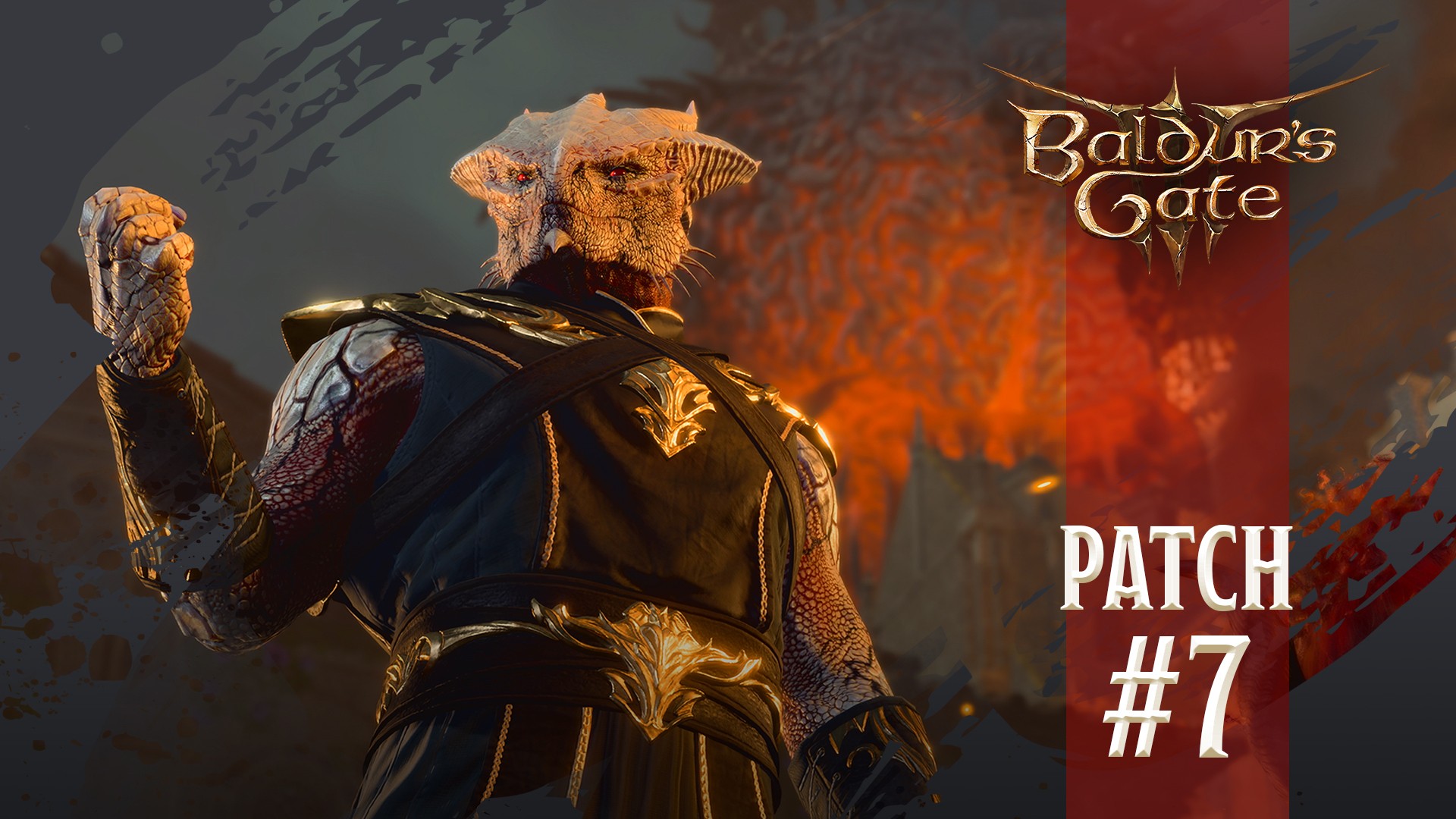
Patch 7 for Baldur’s Gate 3, released on September 5th, 2024, introduced many changes, though builds, combat, and core gameplay remain largely the same. This major update brought 13 new cinematic scenes, including fresh battle sequences with the Netherbrain. Honour Mode also got tougher with more legendary actions added to existing bosses.
Read More – Baldur’s Gate 3 Shadow Magic Sorcerer Build
The main focus of the patch, however, is modding. Larian Studios introduced a modding toolkit and in-game mod manager, allowing players to create and install mods directly. This gives the community more creative control to develop unique content and expand the game’s story in new directions.
What Does Every BG3 Party Need?
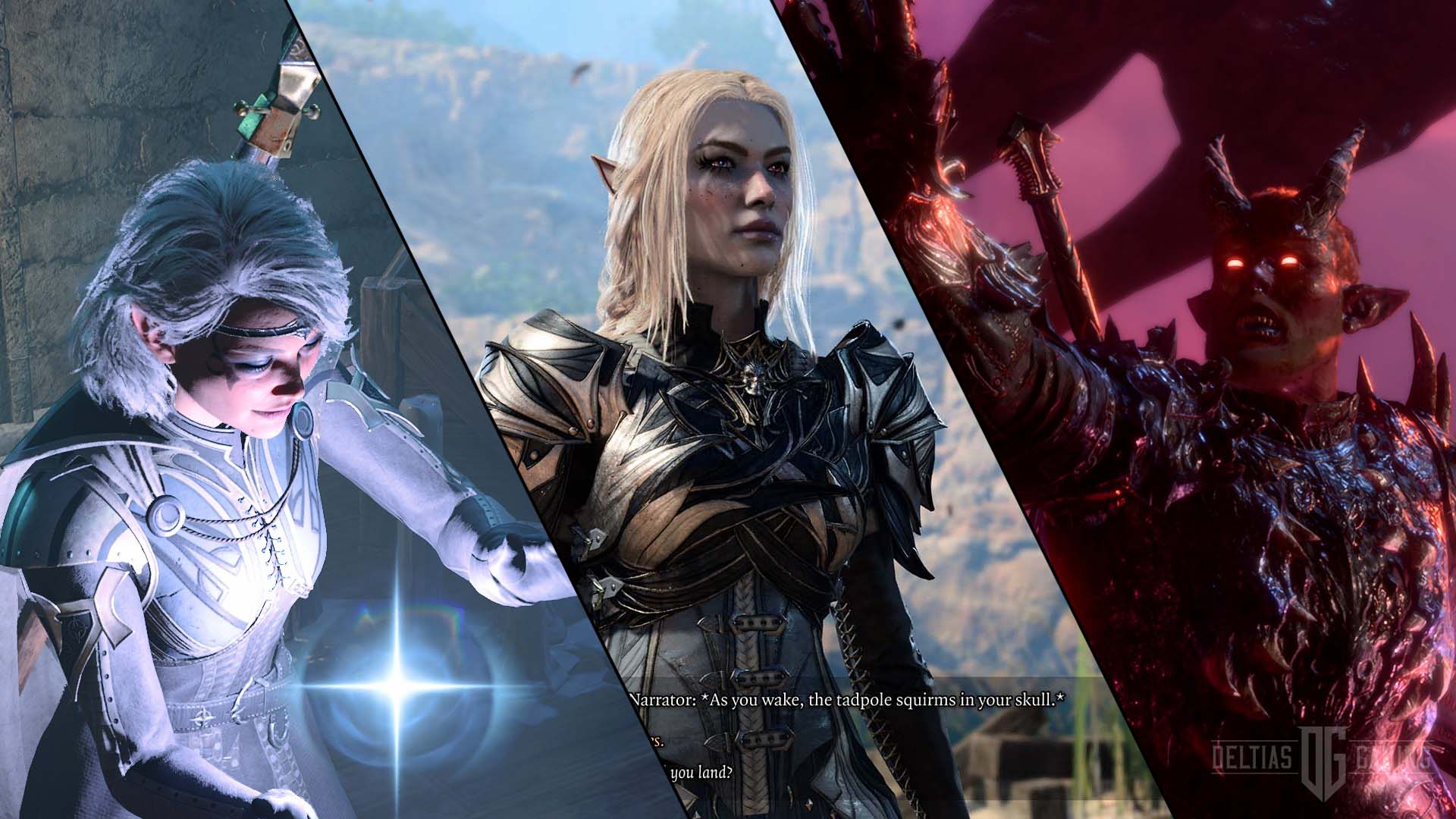
When you’re putting together your party for Baldur’s Gate 3, you want to be sure you have a primary dialogue speaker, a frontline tank, a damage dealer, and a healer. However, there are other important character roles that are a huge benefit to also include. Thankfully, the versatility of the Baldur’s Gate 3 class system also characters to specialize in more than one thing. Many classes can overlap, such a Rogue excelling in range damage and lock picking.
Below is a list of important roles to fulfill in each BG3 party:
- Speaker: Charisma-based character with skills that influence dialogue (Paladin, Bard, Sorcerer, Warlock).
- Crowd Control: Characters that stun, snare, immobilize, and knock enemies prone (Fighter, Cleric, Monk, Warlock, Wizard).
- Criminal: High dexterity builds with skill proficiency in sleight of hand and stealth (Monk, Rogue, Ranger).
- Single Target Damage: Builds emphasizing high damage on individual enemies (Barbarian, Fighter, Paladin, Ranger, Rogue, Warlock).
- Area Damage: Builds focusing on considerable radius damage vs. individual enemies (Cleric, Sorcerer, Wizard).
- Tank: Characters with high defensive capability and protect allies (Druid, Fighter, Paladin).
- Healer: These characters sacrifice damage for healing and buffs to help the team (Bard, Cleric, Druid, Paladin)
Read More – Top 10 builds for Baldur’s Gate 3
FAQs
Q1. What is the best party combination in BG3?
The ideal party combination should have frontline durability, crowd control, healing and support, and ideal burst damage.
Q2. Does party comp matter in BG3?
Yes, your party composition plays a significant role and can change the tides of a battle in your favour.
Q3. What is the best character combination in BG3?
The best character combination in BG3 can be Lae’zel, Gale, Astarion, and Shadowheart.
Looking For More About Baldur’s Gate 3?
Thank you for reading Baldur’s Gate 3 (BG3) Best Party Compositions. We provide the latest news and create guides for Baldur’s Gate 3. Also, watch me play games on Twitch or visit my YouTube channel!
 Reddit
Reddit
 Email
Email
